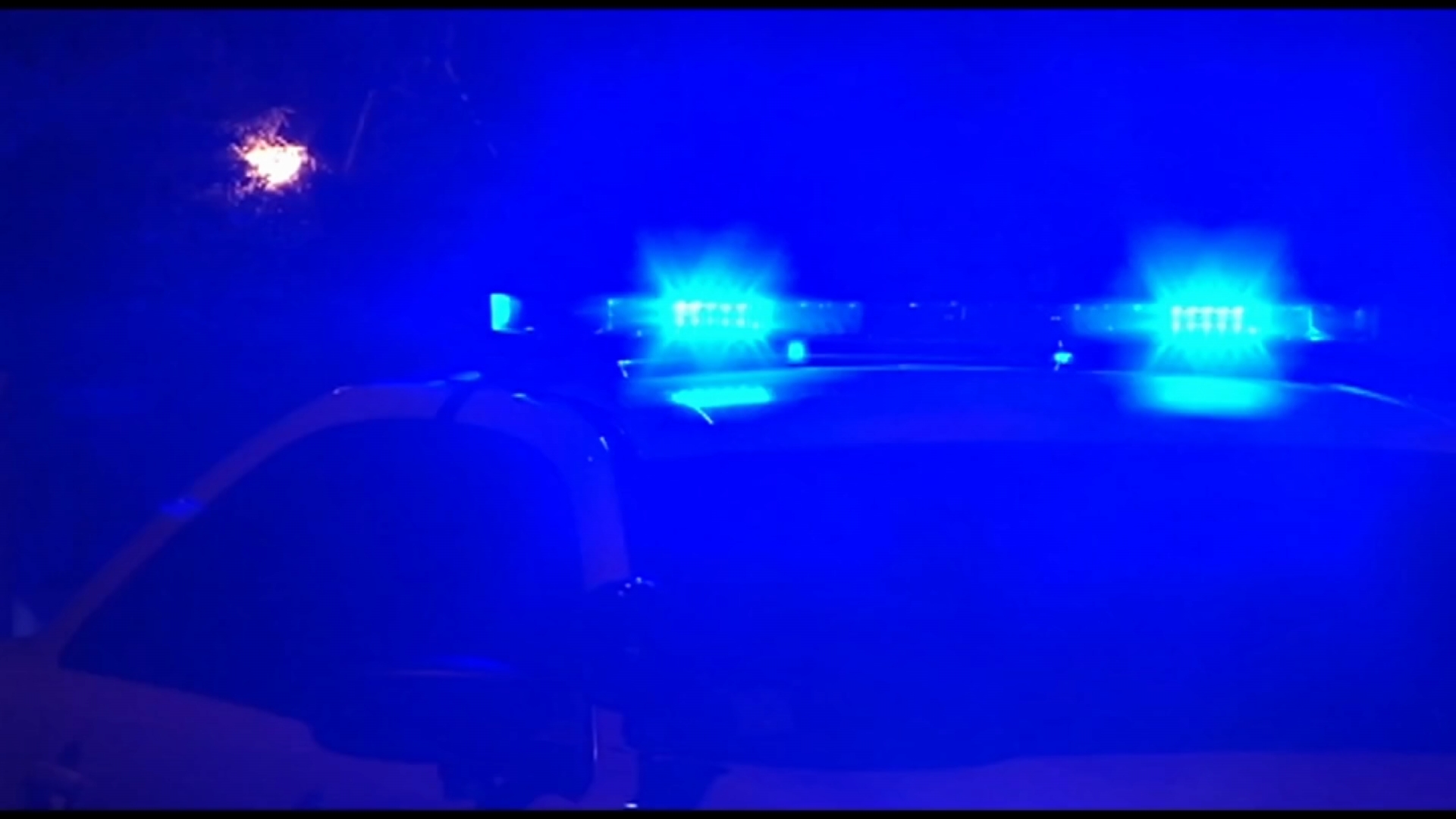As the days get shorter and the air gets brisker in Illinois, many are bracing themselves for the winter — even hummingbirds.
In fact, hummingbirds started their migration to the warm confines of the south long before a tinge of cold weather hit the area, according to experts.
In a post, Chicago Botanic Garden said hummingbirds are found often in Chicago-area yards during the late spring and early summer when female birds build "golf-ball size nests" made from bits of soft leaves and spiderwebs.
Despite embarking on their "great fall migration" pretty early on, the winged creatures can still be caught flapping through the area around this time.
Feeling out of the loop? We'll catch you up on the Chicago news you need to know. Sign up for the weekly Chicago Catch-Up newsletter here.
"Hummingbirds tend to be out of the Chicago area by about the second week in October," the garden said. "On their fall migration south, they either cross the Gulf or follow the Texas coast back to Mexico."
While there are more than two dozen hummingbirds in the United States, it's the ruby-throated hummingbird that Chicago-area residents might find in their backyard.
"The ruby throated is the only hummingbird regularly found east of the Mississippi River," the garden said. "During the summer, they are frequent residents at the Chicago Botanic Garden."
Local
Hummingbirds are typically in Illinois from May to October, though a scattering amount of them have been seen as early as March, according to the Forest Preserve District of DuPage County. Locals may have noticed the birds by the "hum" of their flapping wings, or their chatter, which sounds like high-pitched dolphin chatter," the preserve said.
As for looks, they're hard to missed. "Ruby-throated hummingbirds are bright emerald or golden-green on the back and crown, with gray-white underparts," the Forest Preserve continues. "Males have a brilliant iridescent red throat that looks dark when it’s not in good light."
Hummingbirds aren't the only Illinois residents heading south for the winter. Butterflies are, too.
Dubbed as the "monarch migration," the spectacle sees the winged insects embark on a months-long journey to Mexico, Doug Taron of the Peggy Notebaert Nature Museum said earlier. The butterflies will pass through Chicago, the Mississippi Valley and Texas before setting up camp about 100 miles west of Mexico City, Taron said.
Typically, an abundance of butterflies can be spotted throughout September, with peak monarch migrations in the area falling Sept. 5-10, Taron noted.
Though a chunk of the creatures have made their way out of the area, Chicagoans still will be able to make out bundles of butterflies well into October, too, as Taron said groups of stragglers are expected to round out the migration.



